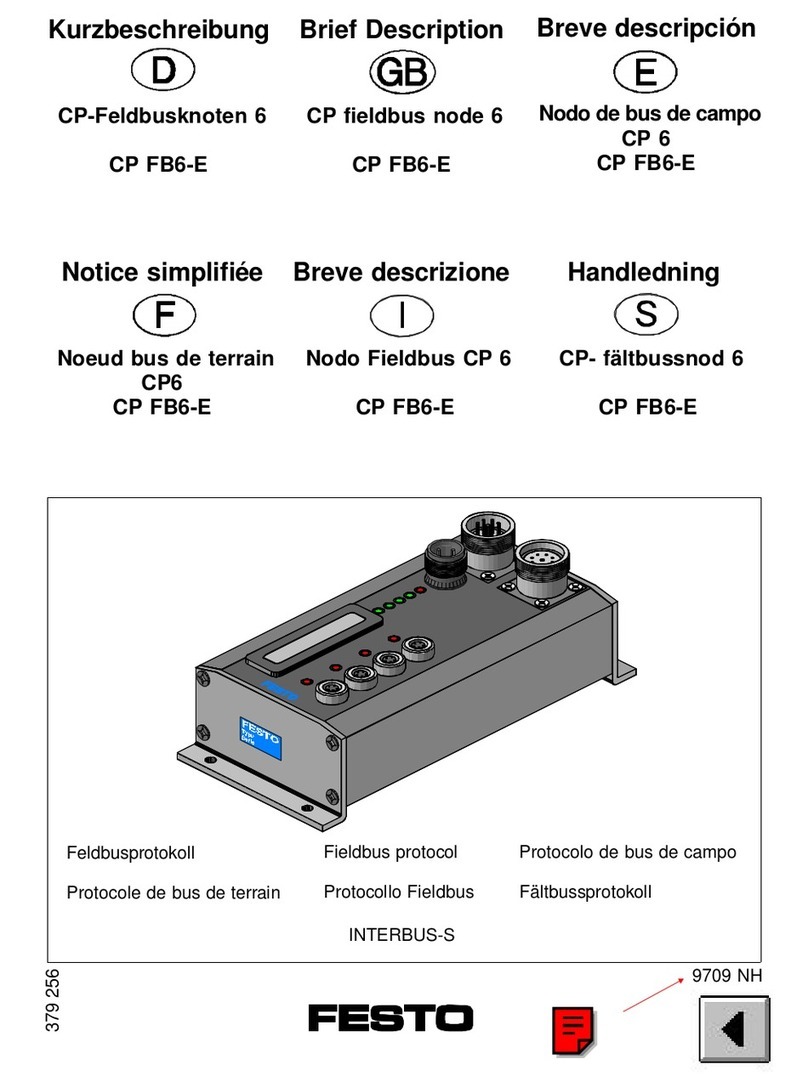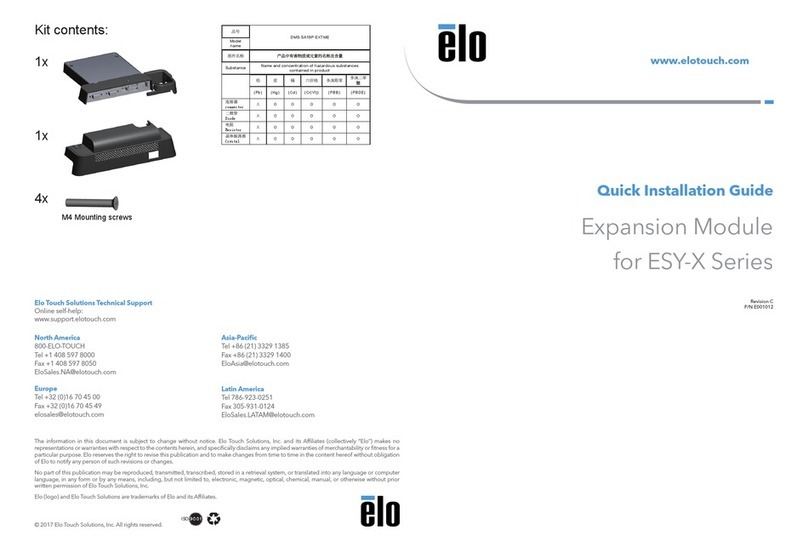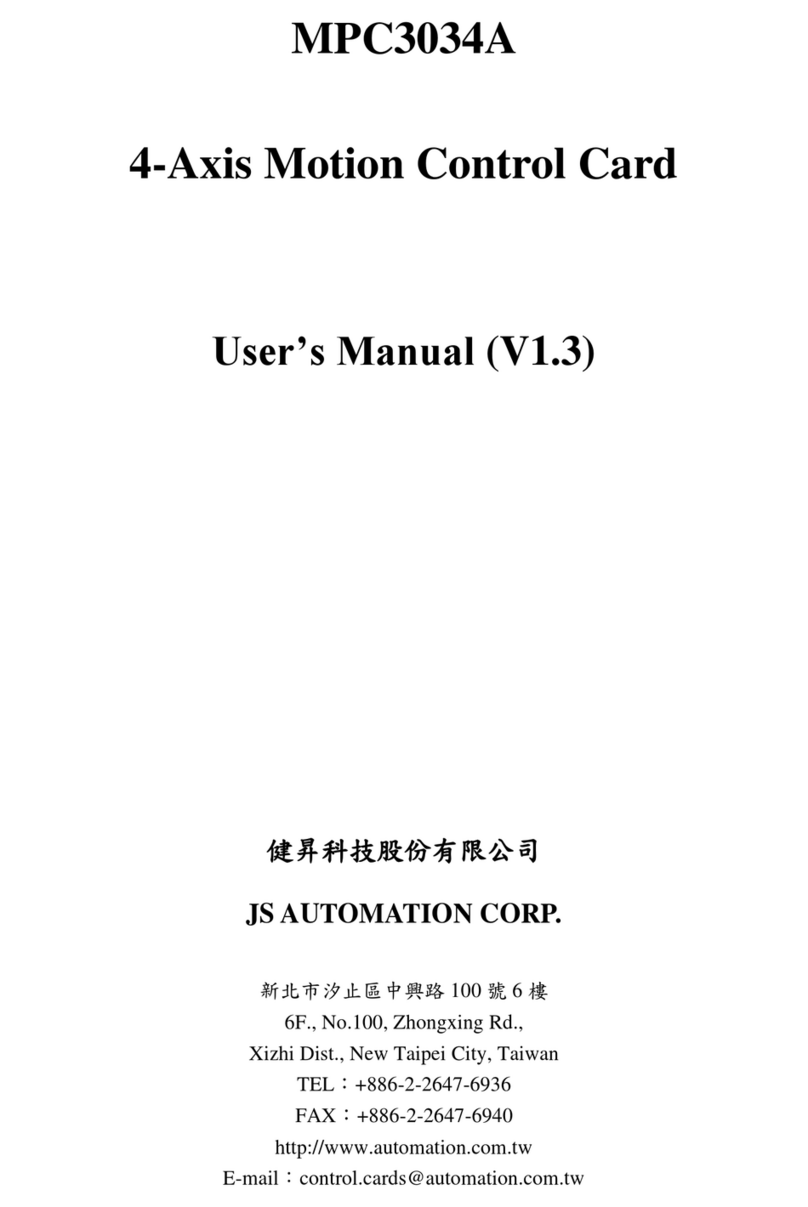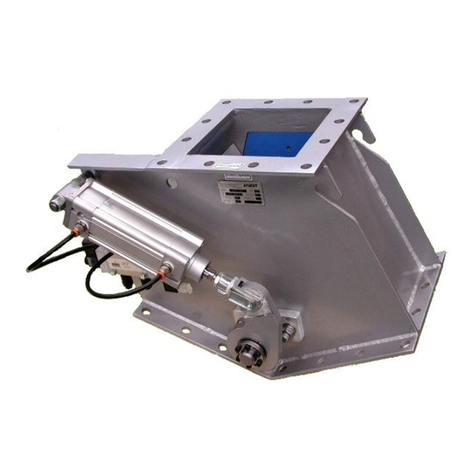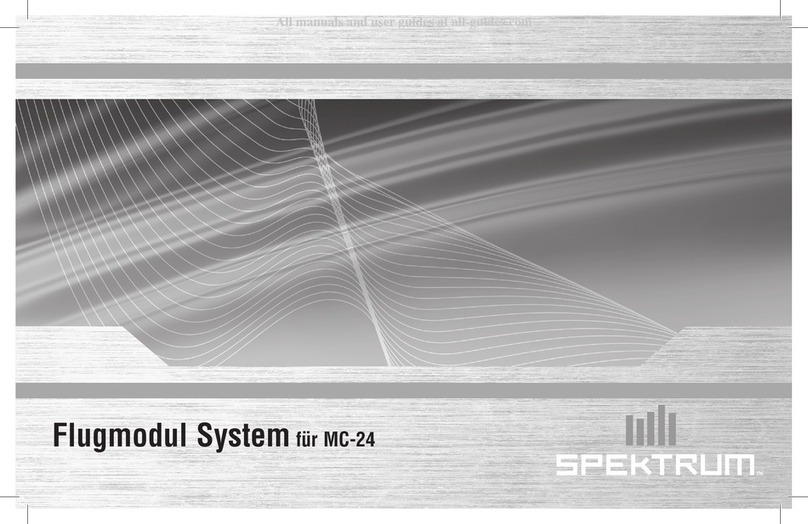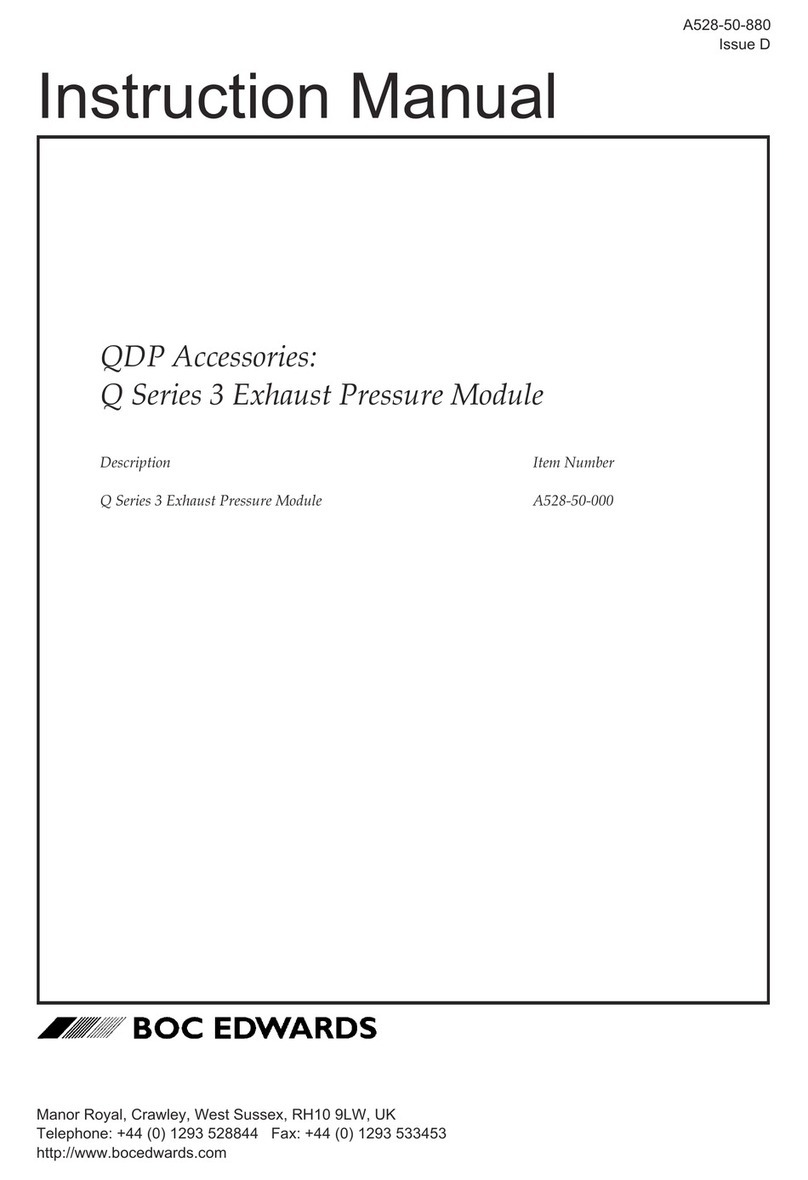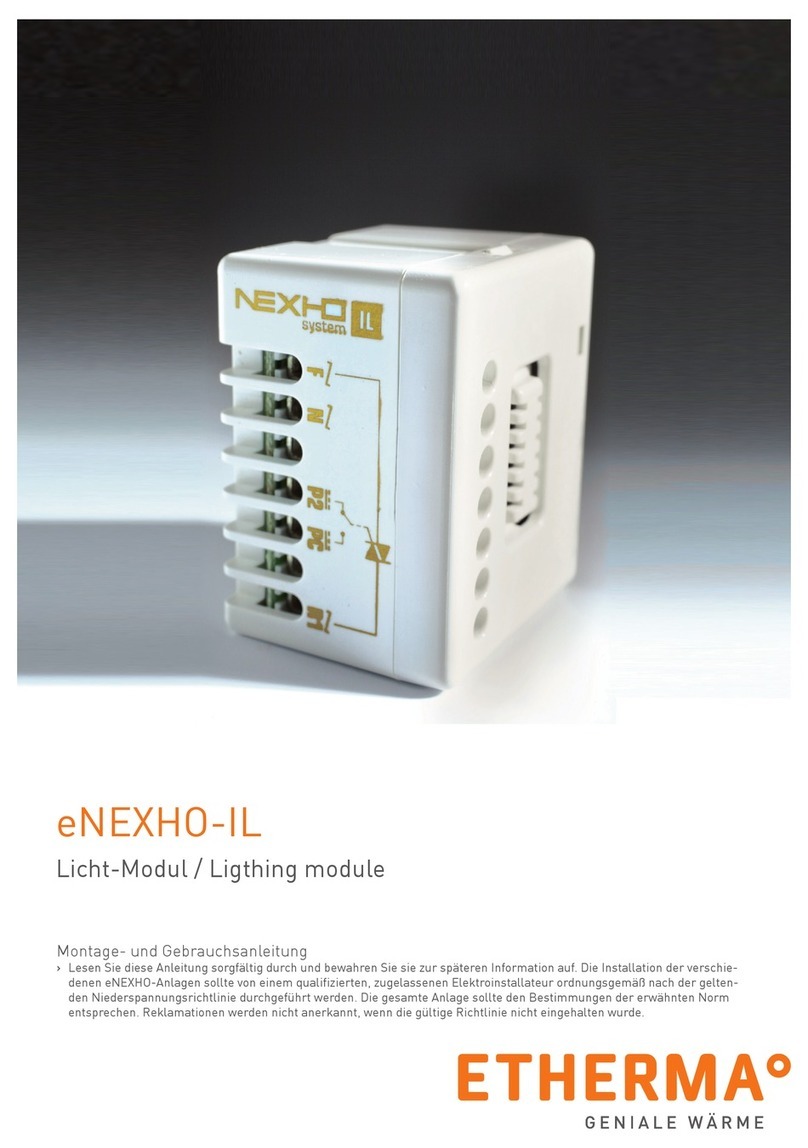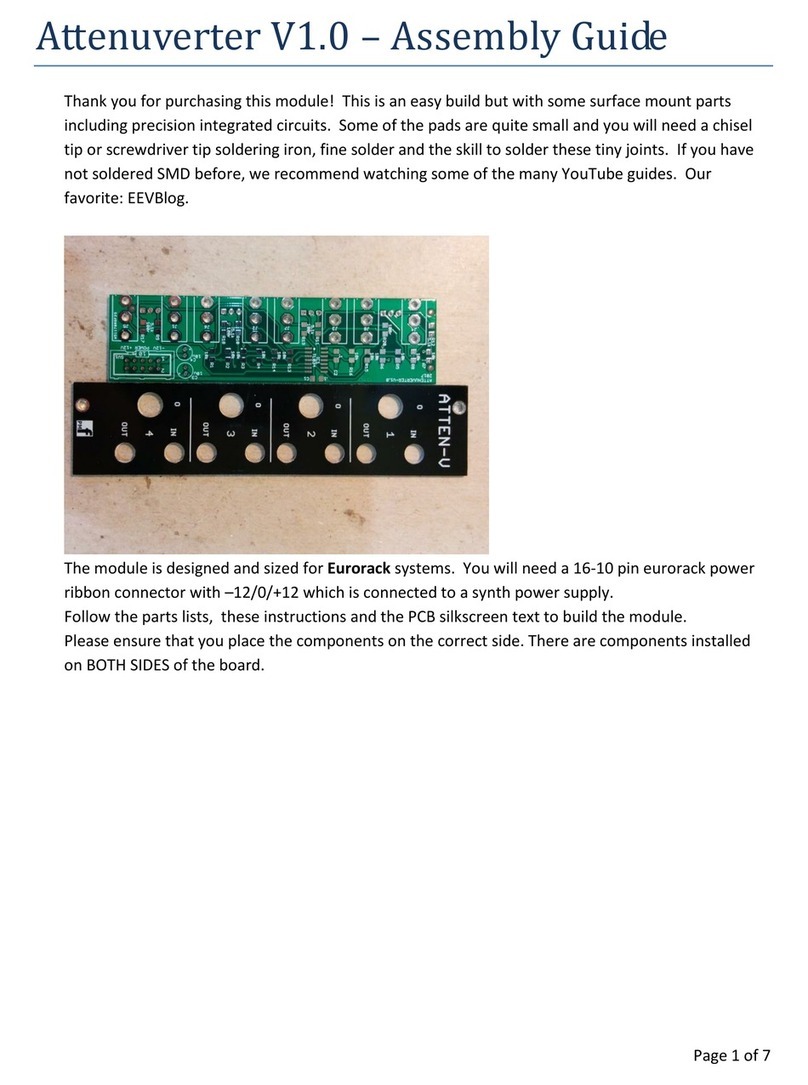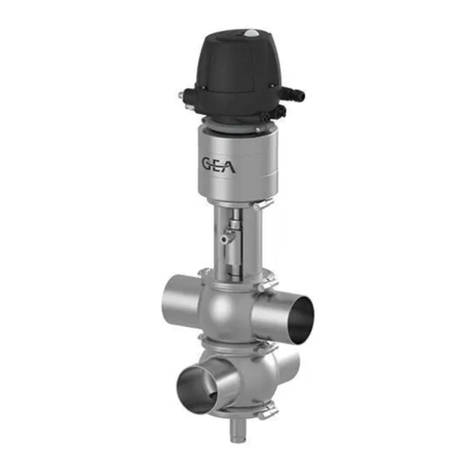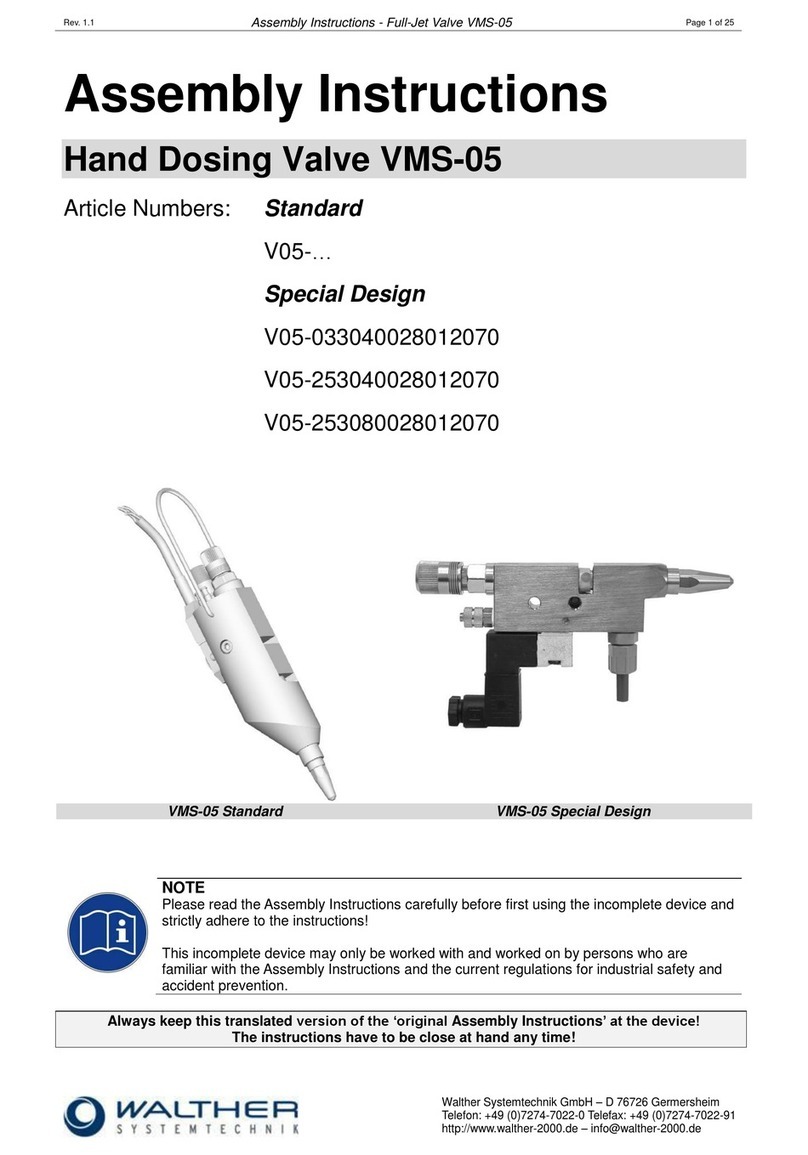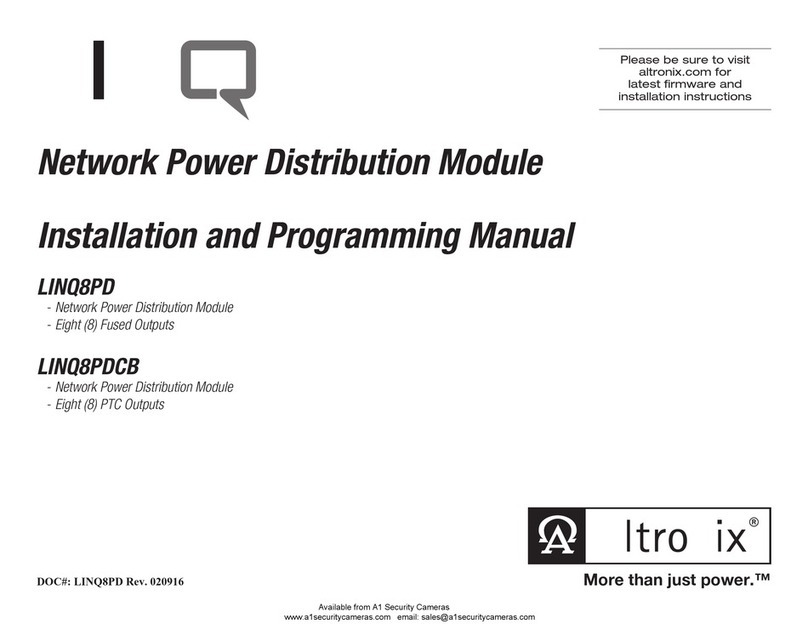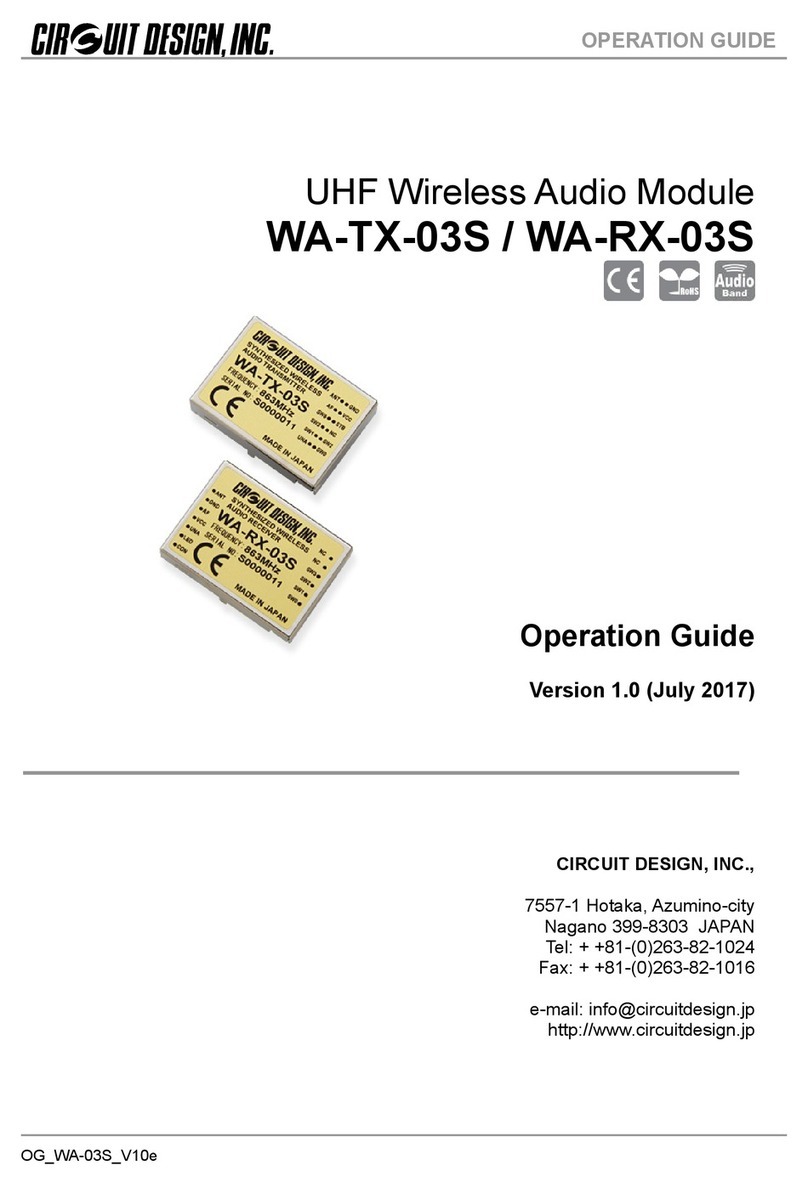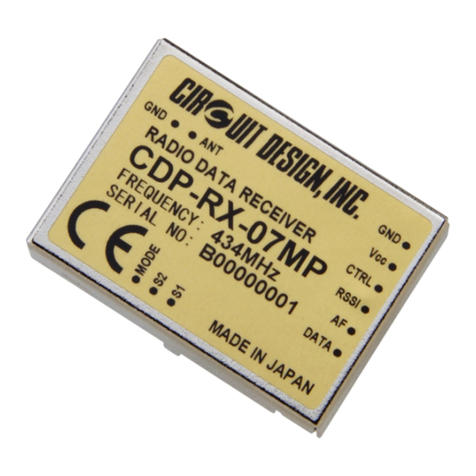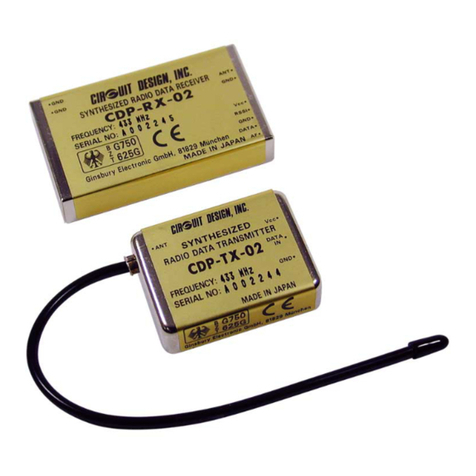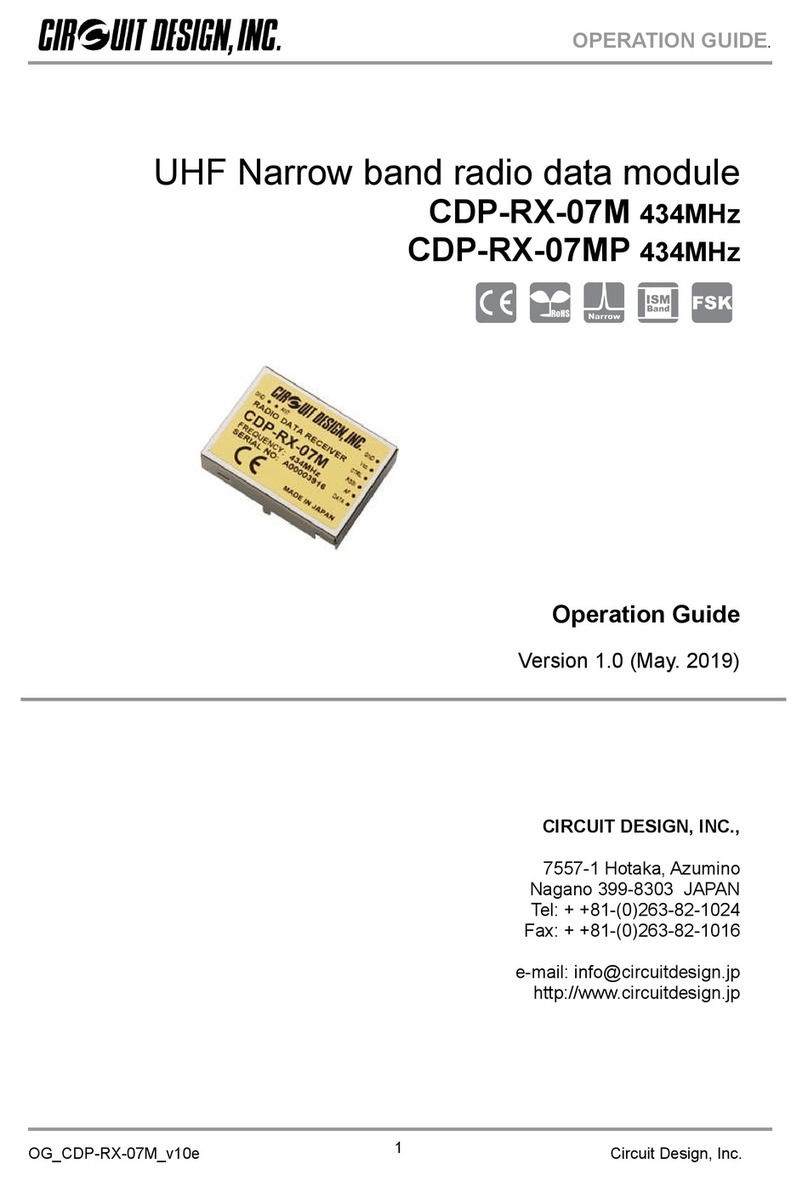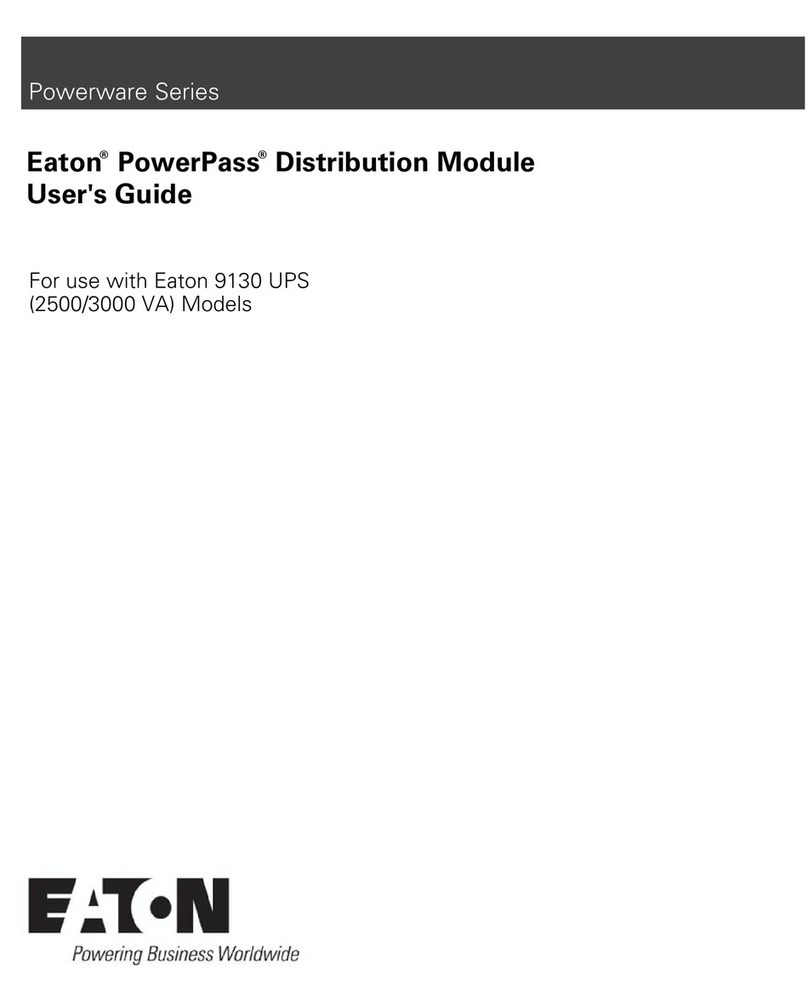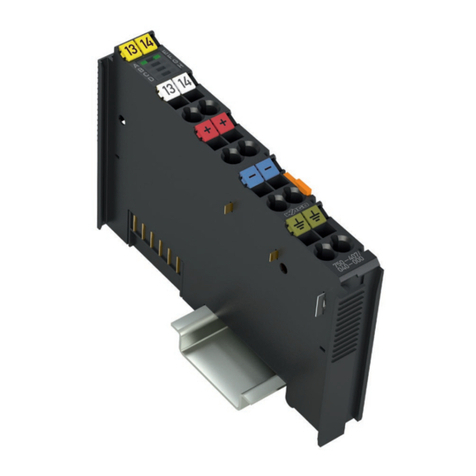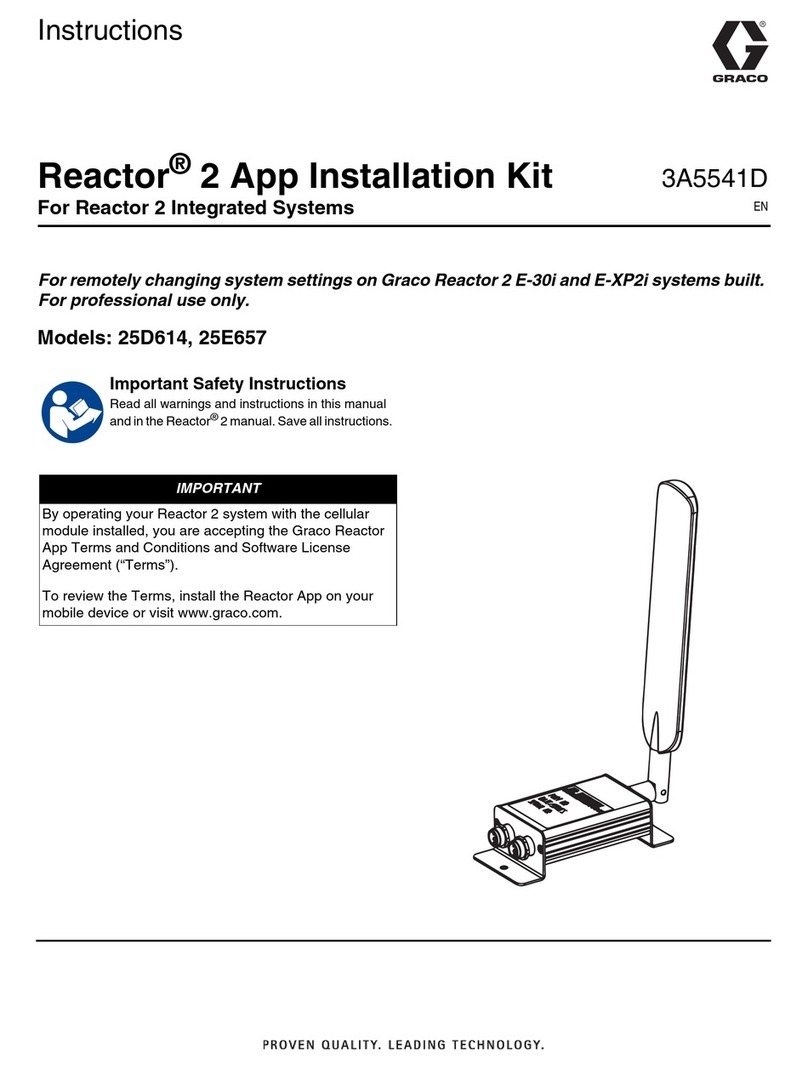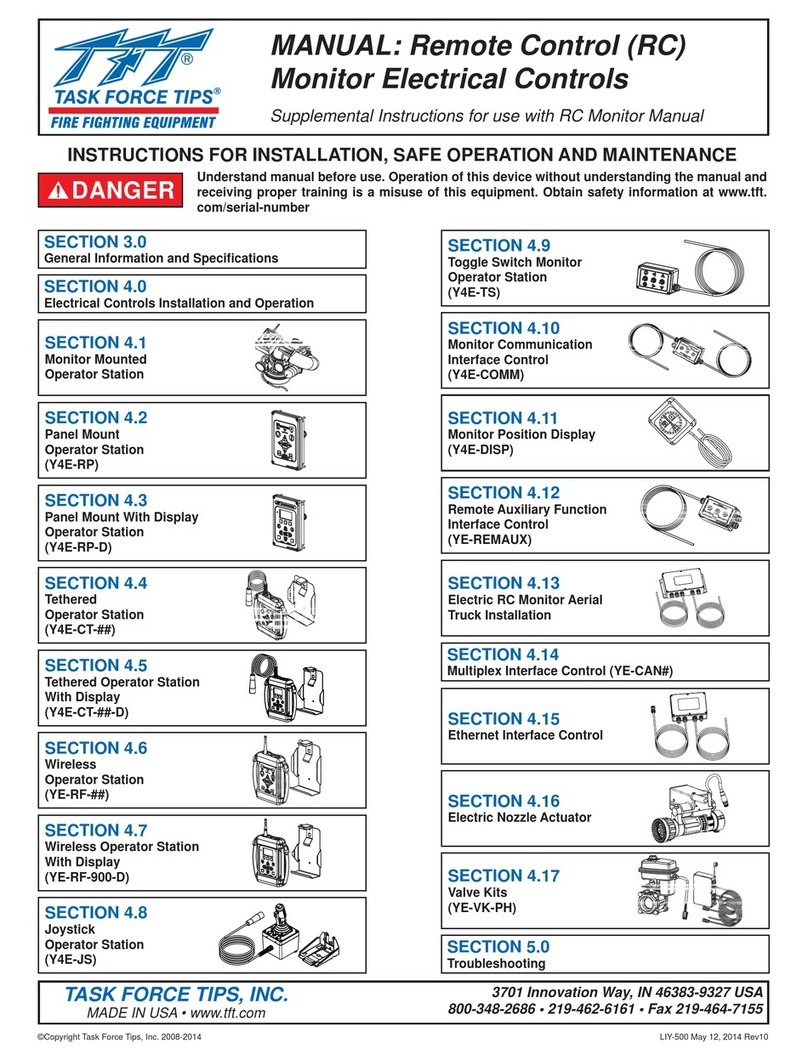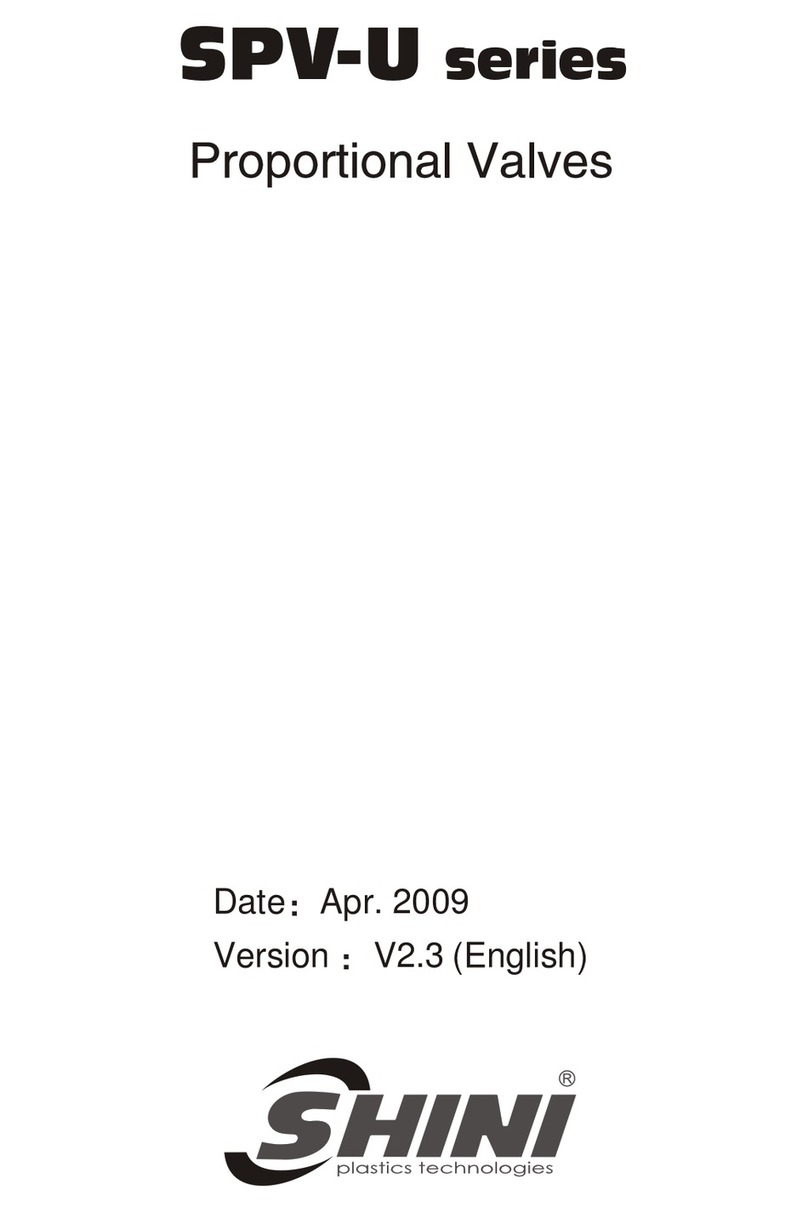
OPERATION GUIDE.
OG_CDP-02F-R_v30e Circuit Design, Inc.
5
CDP-RX-02F(P)-R Receiver
All ratings at 25°C +/- 5°C unless otherwise noted
Parameter Rating Conditions
General characteristics
Applicable standard EN 300 220 –2
Communication method One way
Emission class F1D
Operating frequency range 433.1875 – 434.7750 MHz
Operating temperature range -20 to + 60 °C No dew condensation
Storage temperature range -30 to + 70 °C No dew condensation
Aging rate Max. +/- 1 ppm / year TX freq. / RX Local Freq.
Initial freq. tolerance Max. +/- 2 ppm At delivery *
Dimension 30 x 50 x 9 mm Excluding protrusion
Weight 20 g Not including the antenna
Electrical specification
Oscillation system PLL controlled VCO
Channel spacing 25 kHz
Number of RF channels 128 ch (12.5 kHz step) Default channel at delivery (434.775 MHz)
Data rate 300 to 4800 bps (Pulse length Min. 208 us Max. 20 ms)
DI input level L = Gnd H = 3V to Vcc
Data polarity Positive TX DI vs RX DO
PLL reference frequency 21.25 kHz TCXO
Antenna impedance 50 ohm Nominal
Operating voltage 3 – 12 V
Consumption current Typ. 30 mA at 3 V
Typ. 33 mA at 12 V
Receiver electrical specification
Receiver type Double superheterodyne PLL synthesizer
Bit error rate (0 error /2556 bits) Typ. -116 dBm At DO 4800 bps PN9 (-20°C to + 60°C)
Bit error rate (1% bit error) Typ. -120 dBm At DO 4800 bps PN9 (-20°C to + 60°C)
Sensitivity (12 dB / SINAD) Typ. -120 dBm fm1kHz, Dev.+/-2.0kHz, CCITT (-20 to + 60°C)
Frequency stability Max. +/- 4 ppm - 20 to 60°C with reference frequency at 25°C
Adjacent channel selectivity 60 dB 2 signal / 25 kHz / BER 1% / PN9 4800 bps
Blocking 84 dB 2 signal /Reference sensitivity:-120dBm / +/-2,
+/-10 MHz / BER 1% / PN9 4800 bps
Spurious radiation - 60 dBm Below 1 GHz
- 50 dBm Above 1 GHz
Distortion - 30 dB 1 kHz Dev =+/-2.0 kHz CCITT (RF level –30 dBm)
S/N ratio 35 dB 1 kHz Dev =+/-2.0 kHz CCITT (RF level –30 dBm)
RSSI 230 mV +/- 50 mV At –113 dBm
AF output level 145 mV +/- 30 mV fmod = +/-2.0 kHz fm = 1.2 kHz (RF level -30 dBm)
110 mV +/- 30 mV fmod = +/-2.0 kHz fm = 2.4 kHz (RF level -30 dBm)
RSSI rising time Typ. 20 ms / Max. 50 ms Channel change (50 kHz) (-20°C to + 60°C)
Typ. 40 ms / Max. 70 ms At power on (-20°C to + 60°C)
Time to valid Data out *2Typ. 50 ms / Max. 100 ms Channel change (50 kHz) (-20°C to + 60°C)
Typ. 70 ms / Max. 140 ms At power on (-20°C to + 60°C)
Specifications are subject to change without prior notice
*1 Initial frequency tolerance: At delivery
Initial frequency tolerance is defined as frequency drift within 1 year after the final adjustment
*2 Time to valid output signal:
Valid output signal is determined at the point where the Bit Error Rate meter starts detecting a 4800bps,
1010.. repeated signal.
The valid output signal varies with the temperature conditions. You must conduct field testing to verify the
waiting time for a valid output signal in the user system.
